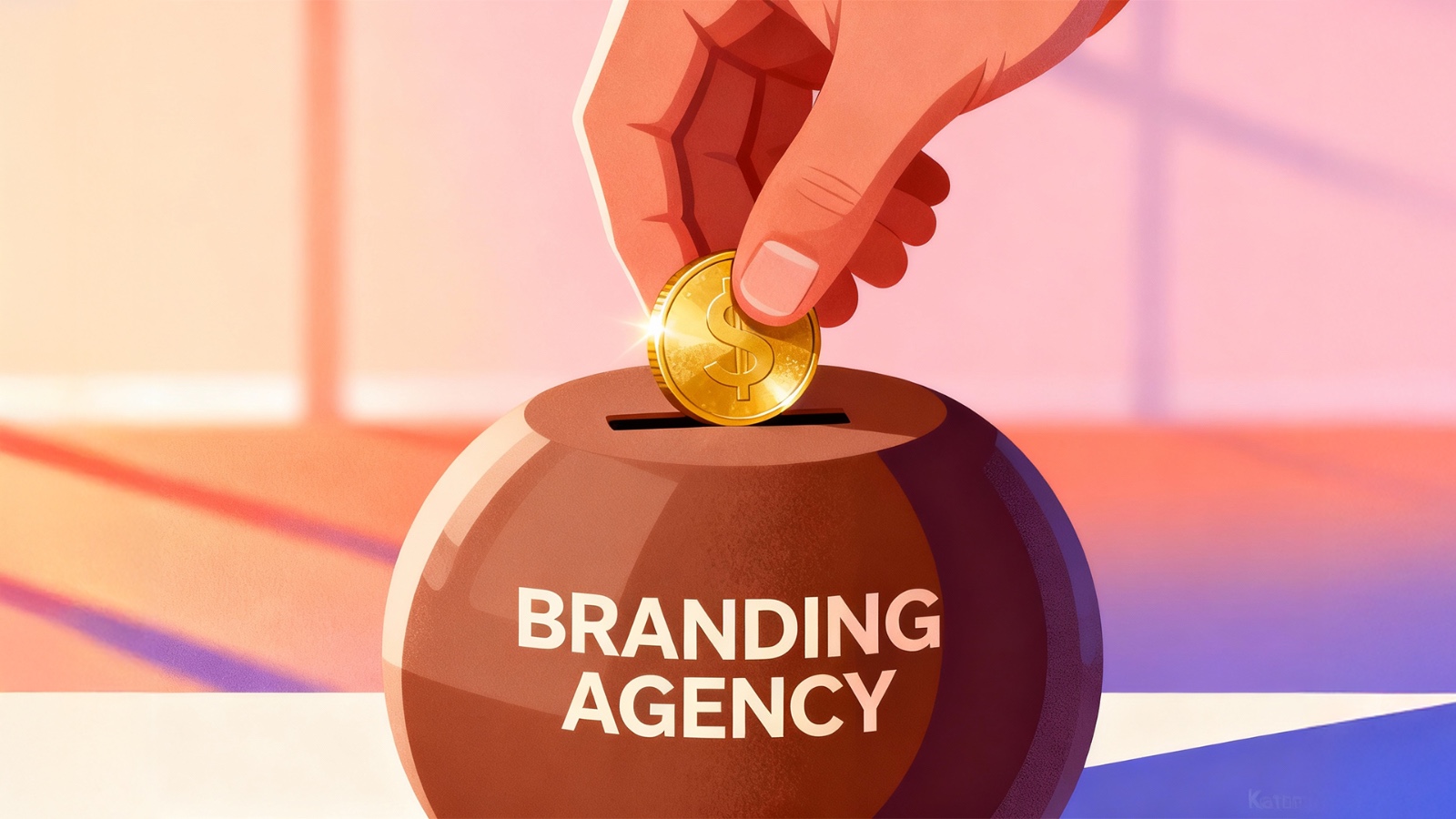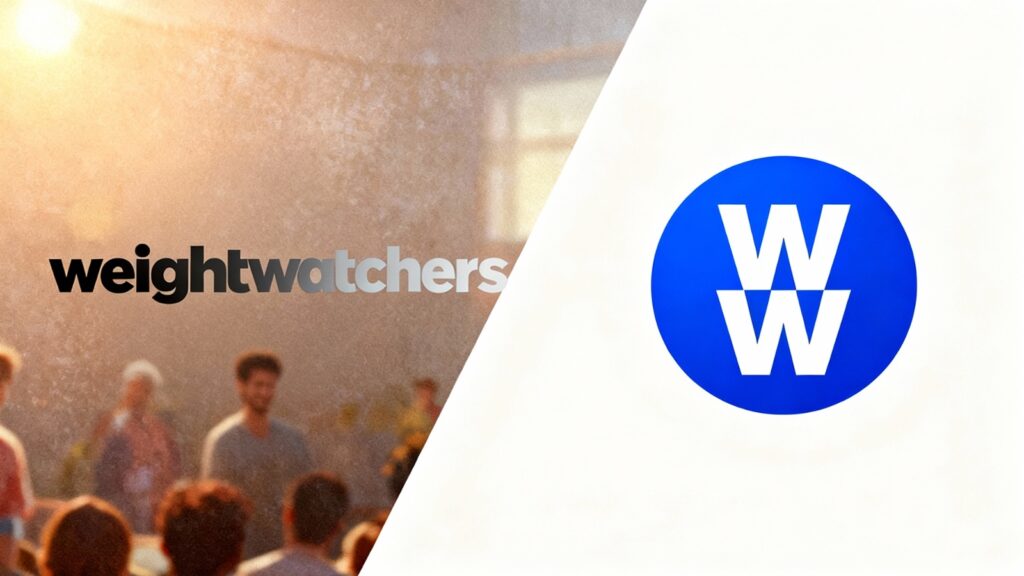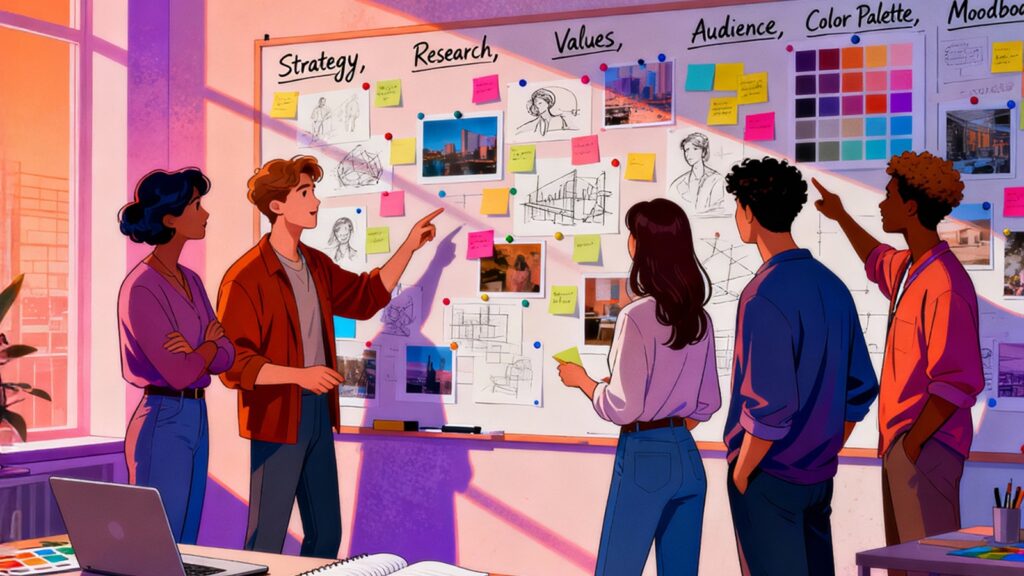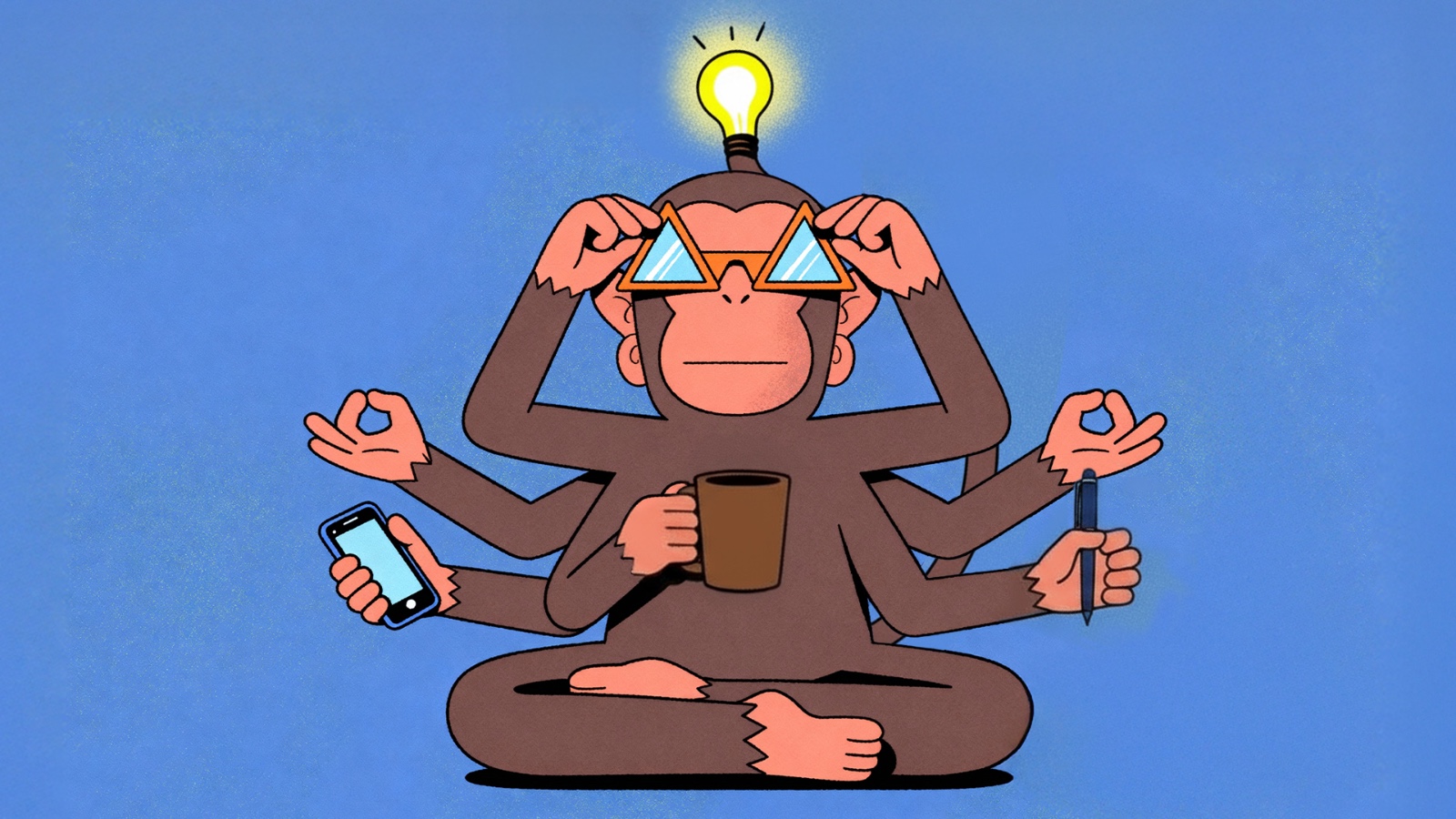
Why Hiring a Branding Agency Is the Best Investment for Your Business
Oct 17, 2025
WW International, Inc., formerly known as Weight Watchers International, Inc., is a global brand based in the United States, widely recognised for its weight management, fitness, and wellness programs. Founded in 1963 in Queens, New York, it quickly became a household name and one of the pioneers in the health and lifestyle industry.
However, even the most established brands can falter when they lose touch with audience perception. In 2018, Weight Watchers attempted to modernise its image by rebranding itself as “WW,” aiming to shift from a weight-loss brand to a broader wellness company. The intention was clear, but the execution fell short. Customers were unsure what “WW” stood for, and the brand’s emotional connection with its audience began to fade. The rebrand diluted the identity that had taken decades to build, distancing it from the very community that made it successful. Within a year, memberships reportedly declined by nearly 30 percent, forcing the company to spend millions to regain its original recognition and trust.
This wasn’t a bad product problem — it was a branding problem.
In today’s marketplace, where new startups appear every week, such missteps can be fatal. According to the U.S. Bureau of Labor Statistics, around 20% of small businesses fail within their first year, and branding — or lack thereof — is one of the most common reasons. In a noisy, competitive digital world, a great product is no longer enough. People buy stories, values, and trust. And those don’t just happen; they are built thoughtfully and strategically.
That’s where a branding agency comes in.

The Real Cost of DIY Branding
Many budget-conscious founders start with a logo made by a freelancer, a tagline brainstormed in a group chat, or a colour palette pulled from Pinterest. It’s cheap, quick, and feels “good enough” until it isn’t.
Many businesses attempt to handle branding in one of these ways:
1. Doing It Yourself
- Risk of inconsistent or amateurish execution. Branding demands not just creativity, but strategy, user insight, visual cohesion, and relevance across many touchpoints (website, print, social, packaging).
- Time drainage: crafting a brand identity properly takes research, revisions, initial consumer feedback, testing. Many founders underestimate that.
- Tunnel vision: being inside the business often means you miss what customers perceive, what competitors are doing, what trends are emerging.
2. Hiring Freelancers
Freelancers bring flexibility and often cost less. But there are trade-offs:
- Scope limitations: A freelancer may specialize in a specific area (logo, copywriting, illustrations) but not have the full suite of skills needed (user research, brand strategy, execution across channels) for comprehensive brand development.
- Consistency challenges: Multiple freelancers working on different assets can lead to disjointed visuals or tone.
- Reliability & bandwidth: Freelancers often have multiple clients; therefore timelines may slip; sometimes communication becomes inconsistent.
- Hidden costs: More review and correction work sometimes falls on you; the cost of fixing mistakes or mismatches can mount.
3. In-house Team
Having design or branding in-house can seem like a middle way, but:
- Hiring full-time experts is expensive: salary, benefits, tools, ongoing training.
- For many small businesses, the volume of work may not justify full-time roles. Some months may be quiet, others overloaded.
- Skill gaps: even a talented designer may not have expertise in strategy, brand research, narrative, user experience, or content, which are all parts of strong brand building.
The truth is, DIY branding often leads to brand inconsistency — one of the biggest reasons customers lose trust. A 2023 Lucidpress report found that brands presenting consistent identity across all platforms increase revenue by up to 23%. Without professional guidance, maintaining that consistency becomes nearly impossible.

What an Agency Brings to the Table
A strong agency doesn’t just ask what your logo should look like, it asks who you are, why you exist, and how you make people feel. It turns these answers into a visual and verbal ecosystem that makes your business instantly recognizable and emotionally resonant.
Here’s what sets an agency apart:
1. Strategic Clarity
A great brand isn’t just seen, it’s understood. Agencies begin with discovery sessions, workshops, and competitor analysis to unearth your brand’s truth. They help align internal teams on a single narrative, ensuring every decision reflects your values and goals. This strategic foundation is what keeps a brand cohesive even as it scales.
2. Creative Cohesion
From typography and color theory to iconography and tone of voice, agencies design with intention. They don’t chase trends, they craft timeless systems that evolve with your business. Think of Airbnb’s 2014 rebrand: it wasn’t just a new logo, but a complete storytelling shift around belonging. The result? A 30% increase in global recognition within a year.
3. Access Multi-Disciplinary Expertise
Agencies usually have strategy people, designers, copywriters, brand researchers, UX/UI folks, possibly even motion or AR/VR experts. That breadth means you get more holistic work. For example, you don’t just get a logo—you get guidelines, colour theory, typography, iconography, maybe even packaging or physical space.
4. Objectivity and Perspective
When you’re too close to your business, you stop seeing it like your audience does. Agencies bring a fresh, external perspective, backed by market insight. They can identify blind spots, challenge assumptions, and uncover opportunities that internal teams often miss.
5. Efficiency & Speed
Agencies have established workflows, processes, tools. They know how to manage revisions, feedback, and large-scale rollouts. That can reduce wasted time, miscommunication, and iteration loops. While freelancers or DIY may seem quicker in narrow tasks, for a complete branding package agencies often deliver faster with fewer reworks.
6. Future-Ready & Scalable
As your business grows, you will need to slowly expand: build new products and pillars, tap new markets, more channels. An agency can plan with scaling in mind. Right from perceiving flexible identity systems, universal guidelines to templates and tools.
7. Strong Return on Investment
When branding is done well, it pays off. Increased brand recognition, customer trust, willingness to pay premium prices, loyalty and finally better customer acquisition. Good branding helps differentiate you in a crowded market. Even if agency fees are higher, the payback in sales, reputation, and avoidance of branding disaster often outweighs the cost.

Branding isn’t an expense; it’s an investment multiplier.
Every visual, every message, every interaction shapes how people perceive your worth. A professional agency ensures that this perception aligns with your purpose and grows with your ambition.
Whether you’re a startup carving your niche or a legacy brand seeking renewal, investing in branding isn’t just about looking better; it’s about being understood better. Great branding exists where logic meets emotion, and when those two connect through storytelling, something extraordinary happens.
Take Old Spice, for instance. Once dismissed as a brand for older men, its 2010 agency-led rebrand didn’t just change visuals; it changed tone. With humor, confidence, and a fresh personality, “Smell Like a Man, Man” redefined masculinity for a new generation. The result was a 125% surge in sales within a year. That’s what happens when design and storytelling work together, turning strategy into conversation rather than campaign.
We’ve seen that same transformation closer home. One of our most meaningful projects at Monkey Wrench, Kolkata was Katran, a CSR initiative by the fashion brand Onaya, built around the philosophy of finding worth in the worthless. Katran was born to upcycle fabric waste into beautiful garments for underprivileged children — redefining how the industry perceives fashion waste.
Our task wasn’t just to design a logo or a name; it was to give this purpose a voice and a soul. “Katran,” derived from the Sanskrit word for scraps, became more than nomenclature — it became metaphor. The visual identity, inspired by real textile fragments, embodied transformation itself: the act of turning discards into dignity.
What made this project special wasn’t the aesthetics alone; it was the empathy behind it. We didn’t chase trends or borrow ideas. We began by listening. We heard the story, understood the mission, and finally tapped into the emotion that needed to be seen and felt sensitively. The identity blossomed and the brand evolved with clarity and emotion with intention.
At Monkey Wrench, we believe branding is not decoration but interpretation. Every line, hue, and word should carry the pulse of a brand’s purpose. Because if a brand, especially one rooted in change, cannot move hearts, it will struggle to move minds.
So if your brand is ready to tell a story that lingers, one built on truth, purpose, and imagination, let’s craft it together. All under one roof, with no extra noise—just creativity that feels right, connects deeply, and belongs entirely to your audience.
Next Story

What Makes Monkey Wrench the Go-To Advertising Agency for Startups?
Oct 27, 2025
WW International, Inc., formerly known as Weight Watchers International, Inc., is a global brand based in the United States, widely recognised for its weight management, fitness, and wellness programs. Founded…
Read More





